- About us
- Support the Gallery
- Venue hire
- Publications
- Research library
- Organisation chart
- Employment
- Contact us
- Make a booking
- Onsite programs
- Online programs
- School visit information
- Learning resources
- Little Darlings
- Professional learning
William Birdwood KCMG KCSI KCB DSO, 1st Baron Birdwood of Anzac and Totnes (1865–1951) commanded the Australian Corps for much of the First World War. Birdwood served with distinction on Lord Kitchener’s staff during the Boer War. When the First World War began, Kitchener put him in command of the Australian and New Zealand forces bound for Europe. He met them in Egypt at the end of 1914; four months later they landed at Gallipoli. Here Birdwood regularly visited the front lines, and swam daily at the place he named Anzac Cove. Though opposed to it, he oversaw the successful withdrawal of troops in December 1915. Soon after, the ANZAC Corps was split in two. Birdwood accompanied I ANZAC Corps to France, and directed its operations throughout 1916 and 1917; he took command of the Australian Corps when it was formed from the five AIF divisions in November 1917. Despite his having led them through disastrous Western Front actions, Birdwood won far more respect from Australian soldiers than did most British senior commanders.
Barbara Tribe studied with Rayner Hoff at East Sydney Technical College and in 1935 became the first woman and the first sculptor to win the New South Wales Travelling Art Scholarship. She remained in the UK after her scholarship expired, working in the Inspectorate of Ancient Monuments during the war and afterwards at the Penzance School of Arts. Birdwood posed for Tribe in her Kensington studio, wearing medals that he had purposely withdrawn from the bank.
Gift of the Estate of the late Barbara Tribe 2009
© Estate of Barbara Tribe
Barbara Tribe (age 25 in 1938)
William Birdwood KCMG KCSI KCB DSO (age 73 in 1938)
Barbara Tribe Estate (2 portraits)



On one level The Companion talks about the most famous and frontline Australians, but on another it tells us about ourselves.
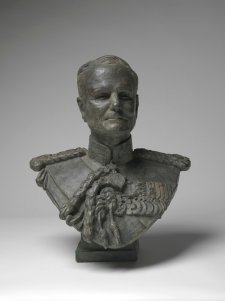
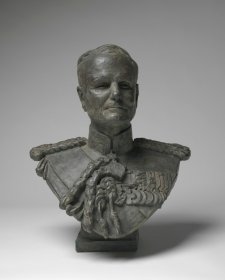
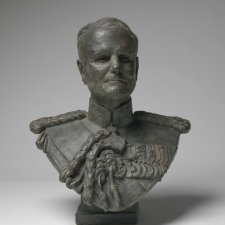
24 April 2015
Just now we pause to mark the centenary of ANZAC, the day when, together with British, other imperial and allied forces, the Australian and New Zealand Army Corps landed at Gallipoli at the start of the ill-starred Dardanelles campaign.
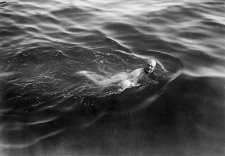
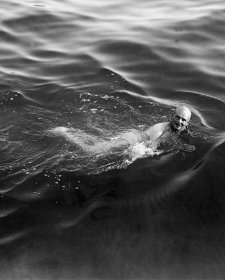
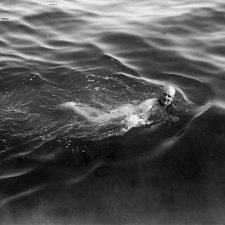
Projecting the splendour of the empire, and the resolve of its subjects, the bust of William Birdwood keeps a stiff upper lip in the National Portrait Gallery.